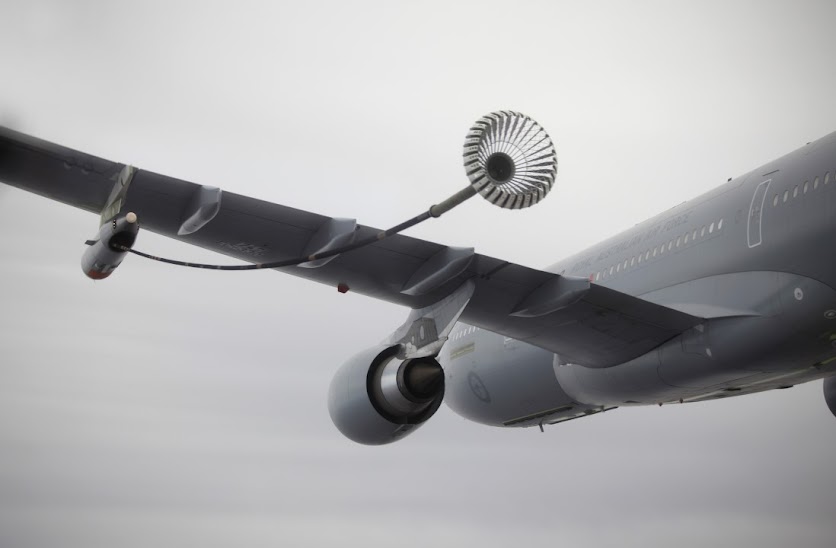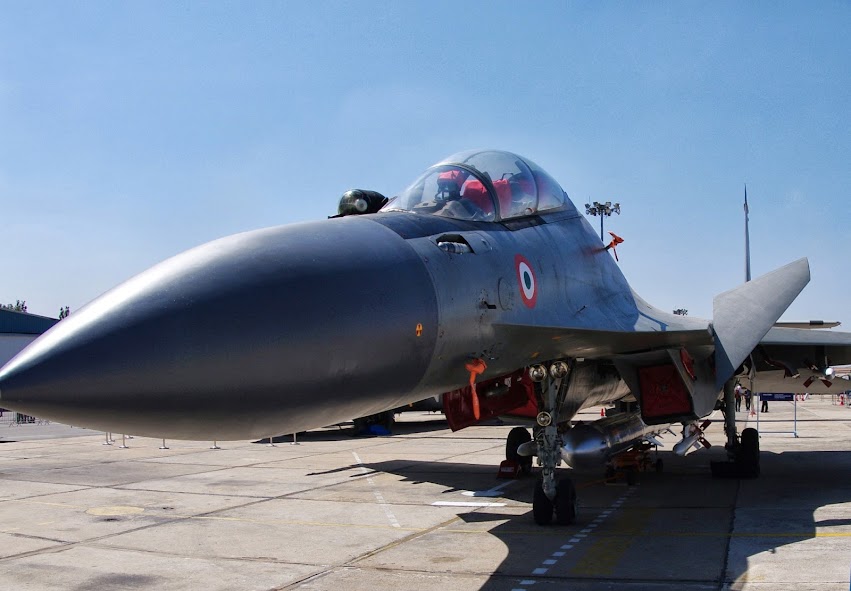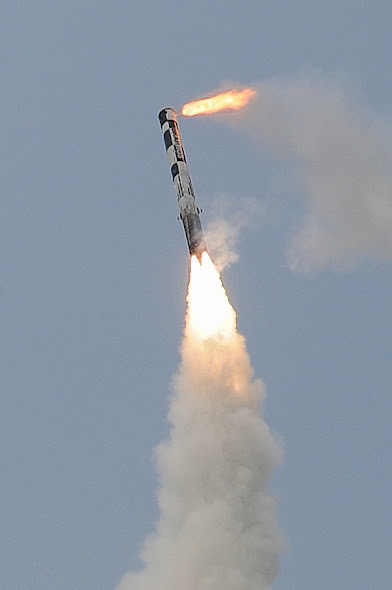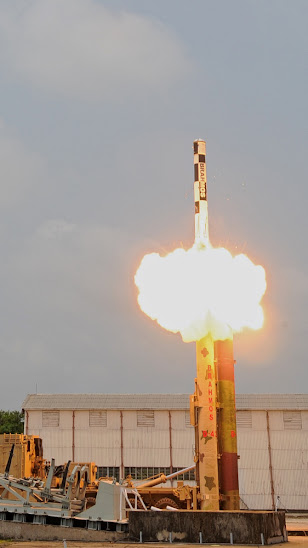 |
| IN Kilo class submarine after overhaul in Russia. Photo Courtesy Indian Embassy in Russia, credit: KR Deepak |
India has asked Russia to upgrade another two Russian Kilo Class submarines (Type 877EKM) submarines, RIR reported on July 25, 2014.
The director-general of the Rubin Central Maritime Design Bureau Igor Vilnit told the website, "The Indian governments filed a request to the Russian Federal Service for Military-Technical Cooperation to extend the life of two Russian Kilo Class submarines."
Specialists of the Zvyozdochka ship repair center and the Rubin design bureau are expected to leave for India to inspect the first submarine.
Earlier on December 3, 2013, Vice-Admiral Satish Soni, Flag Officer Commanding-in-Chief of the Southern Naval Command, told the press that the Indian Navy (IN) intends to get four of its Kilo class subs overhauled in Zvezdochka shipyard in North Russia to extend their lives by another 10 years.
Also, the General Director of the Russian submarine repair yard Zvyozdochka in north Russia, Vladimir S. Nikitin, told The Hindu that the shipyard was close to signing a contract for life-extension refit of two Indian Kilo-class submarines in 2015.
In January 2013, the Indian Navy (IN) completed the overhaul and upgrade of its Kilo class (Project 887EKM) submarines in Russia under a deal signed in 2001.
Each upgrade cost $80 million and involved complete overhaul of the submarine and its hull structures; installation of an improved control system, sonar, electronic warfare system, and an integrated weapon control system. Additionally the subs were equipped to launch Club-S missiles from its torpedo tubes.
The refit included support for the new version of Klub-S (3M54E1 anti-ship and 3M14E land attack) cruise missiles and over ten Indian and foreign-made systems including the Ushus hydro-acoustic (sonar) system and CSS-MK-2 radio communications system.
In addition, the boat's cooling system was modified, the Porpoise radar fitted and other work carried out "increasing the boat's military capacity and safety."
Two submarines - INS Sindhuvir and INS Sindhuraj - were modernized at the Admiralty Shipyard in St. Petersburg.
Later, five subs - INS Sindhukesari, INS Sindhuratna, INS Sindhugosh and INS Sindhuvijay and INS Sindhurakshak - were modernized at - Zvyozdochka Shipyard in Severodvinsk.
Of the remaining 3 subs, one has already been overhauled in India, and another two are in the process of being overhauled.
Kilo class submarines were developed by the Rubin Central Design Bureau (St. Petersburg).
IDP Sentinel members can read more about the Kilo Class submarine overhaul project at the link below.
Kilo Class submarines upgrade (IDP Sentinel)







